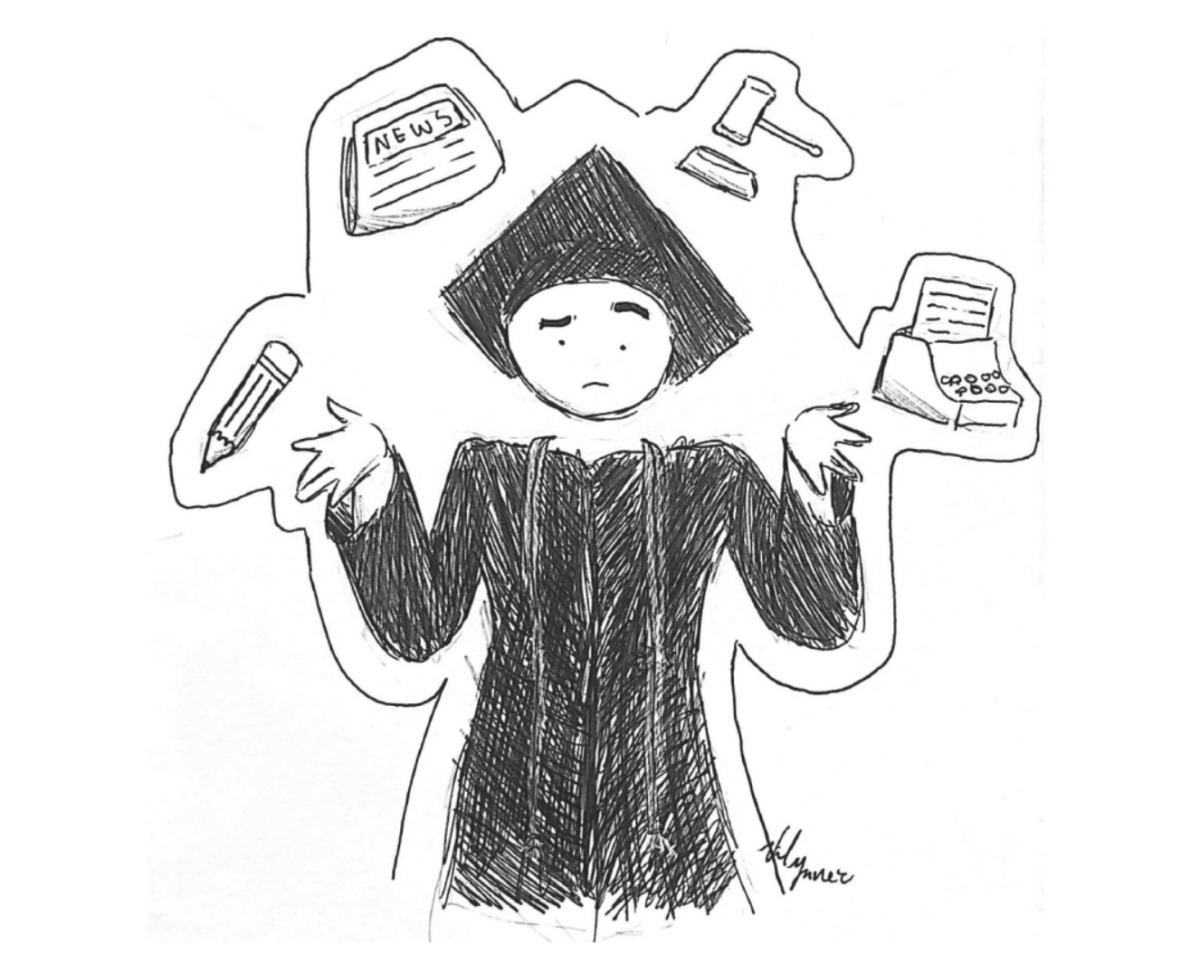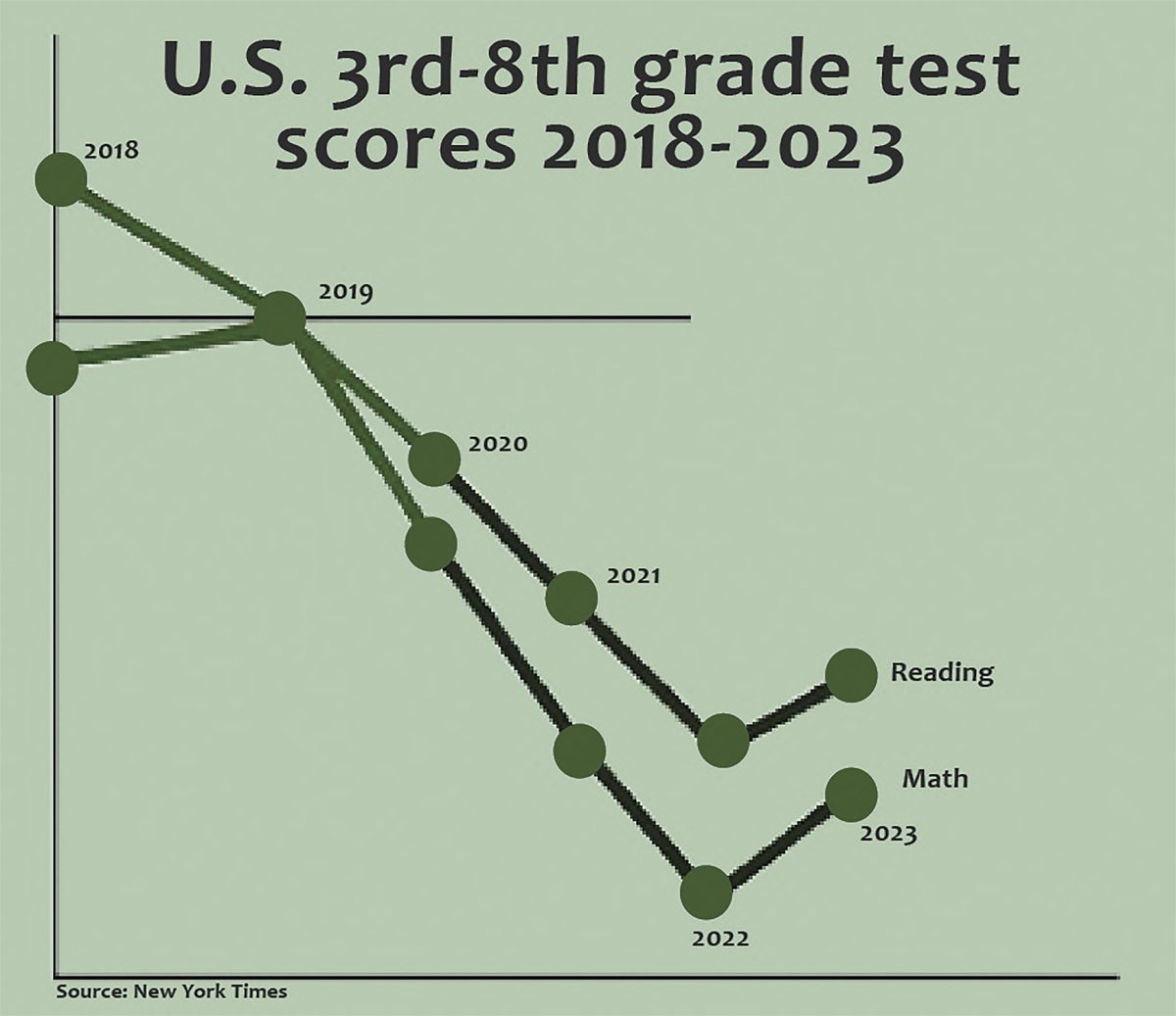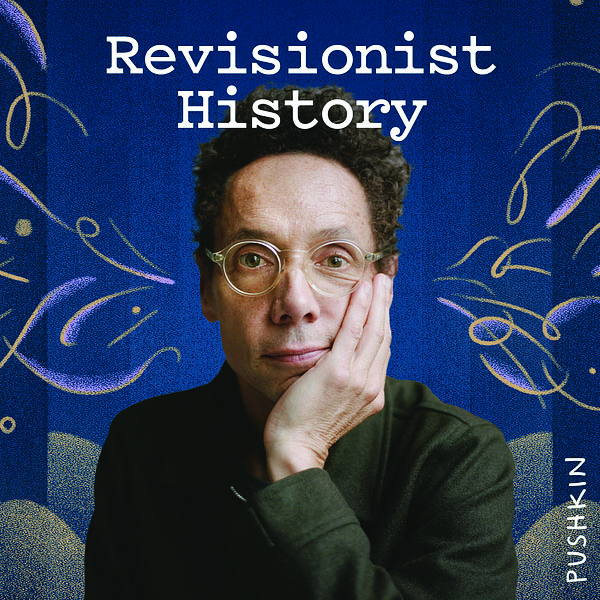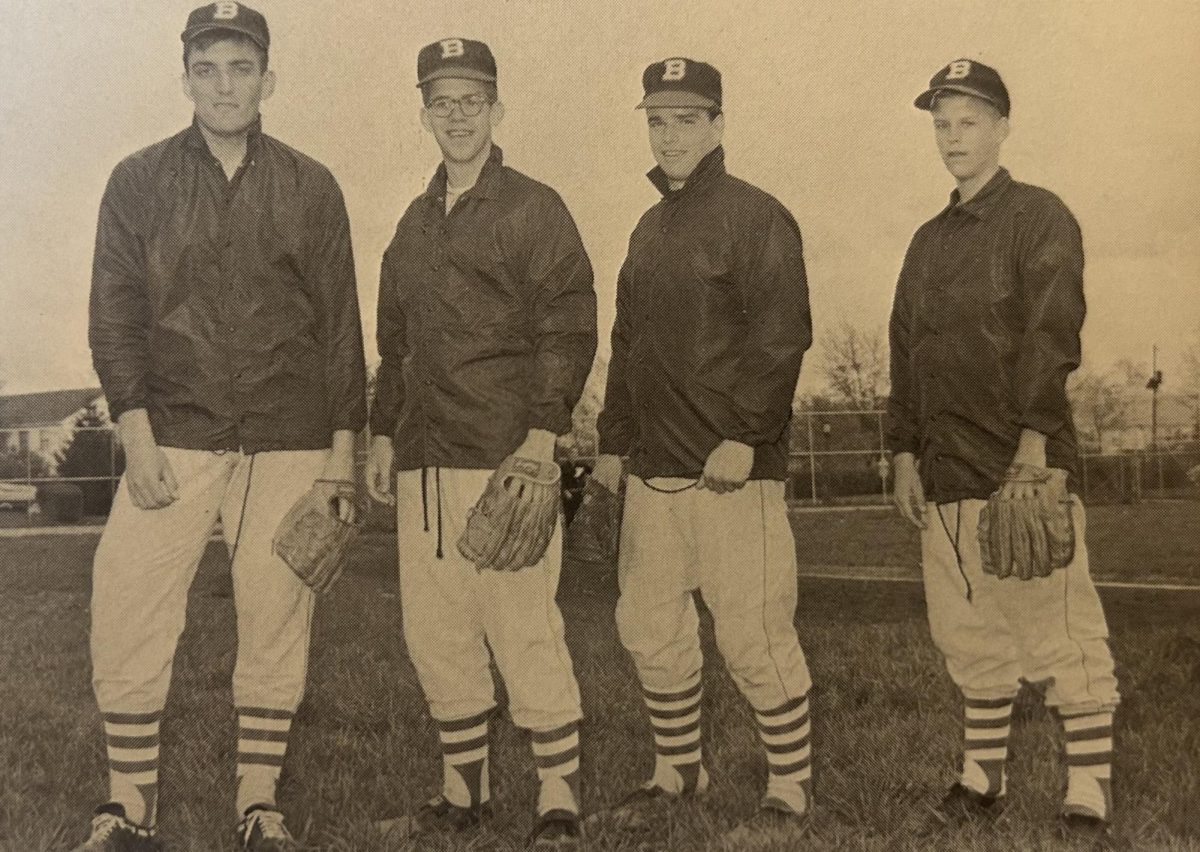It’s a warm summer night, and you turn the corner onto Main Street. Then, it hits you. The smell is so potent and unique that you instantly recognize its skunk-like aroma. It’s marijuana.
As marijuana has become more accessible, whether legally through a medical card or illegally on the street, it has found its way into the hands of many high school students. In a survey of 131 Bexley students, 41% said they have used marijuana before. Although using the drug legally may provide health benefits to some, students who illegally consume it can face harsh punishment from the school, parents and law enforcement while risking their physical and emotional health, too.
Prevalence of marijuana use among students
Looking around at a party, it isn’t unusual to be greeted with red eyes. Some people may judge those with dry mouths that seem unable to stop giggling; others may join in.
People can express positive or negative feelings toward marijuana—it doesn’t change the fact that it’s illegal to use recreationally in Ohio. However, some users ignore that it is illegal. Harper McGraw* would describe herself as a frequent marijuana user, saying that she started smoking between eighth and ninth grade.
“I think it’s because I’ve been doing it so much that I don’t really notice that it’s not legal,” McGraw said.
She said she tries not to smoke during the school week, but on weekends she’ll smoke up to four times a day to help her calm down and feel relief.
“I’m free, like I don’t think about anything: no school, no parents, just me, sitting there high,” McGraw said.
Eliana Sharpe* expressed similar reasons for her personal use of marijuana, noting that it makes her feel calmer and takes her mind off daily stressors.
“I’m not really thinking about what has happened in the week or on that day,” she said. “I’m in the moment more.”
Sharpe said that she smokes marijuana about five times a month, mainly on the weekends or when she has nothing else to do. Because of this, she said she doesn’t find its effects impacting her daily activities.
Patrick Wolfe*, on the other hand, described himself as a more frequent user. He said he’s been smoking for two and a half years and smokes multiple times a day. However, Wolfe’s use of marijuana is legal.
According to the Ohio Medical Marijuana Control Program, after Ohio legalized the use of medical marijuana in 2016, adults were permitted to smoke marijuana with approval from a physician and a required registration card. Wolfe said he got a medical card when he turned 18, adding that the quality and safety of medical marijuana compared to illegal marijuana was a big factor in his decision to do so.
“Everything has to go through the government to certify all these products,” he explained. “It’s not like street weed.”
Wolfe said the frequency with which he uses marijuana has increased since he got his card. He added that he now goes to dispensaries to purchase marijuana.
“I can go on my own terms,” he said. “I don’t have to wait for a dealer or rely on someone else.”
Andrew Faye* said he is also planning on getting a medical card when he turns 18. He said that the dangers of what he calls “street weed” have prompted his decision to get a medical card and added that it’s risky to buy marijuana from sellers who don’t care about the well-being of the customer.
“I think it’s a lot more safe medically, and I think my parents also would be a little bit happier if they knew that it was in a controlled environment and not laced with anything,” Faye said. “That’s one of the main reasons I want a med card.”
Wolfe said that the increased access to marijuana he has with his medical card has helped him deal with his anxiety.
“I can get weed with special properties made to have different effects on the person smoking it, so when I buy, I know how it’ll impact me,” Wolfe explained.
Marijuana users also acknowledge that it comes with negative effects.
Eric Kent* said that smoking can make him feel tired and slow. If he has an activity to do later, he said marijuana can make him feel anxious.
“One time I had a concert and I’d taken a few bowls before, and I went there and I couldn’t hear the music,” he said. “I was looking around, the conductor was looking at me funny, there were 200 people in the crowd and I was really paranoid.”
Kent added that when an incident like that happens, he cuts back on his usage for a bit.
McGraw said when she notices she has to smoke higher quantity to feel the drug’s effects, she takes tolerance breaks.
“[My friend and I] used to smoke two joints and a few bowls just to get high for 30 minutes, and that’s when we stopped smoking before school,” she said.
Faye said smoking has taken a toll on his lungs and his ability to do long-distance running. He said that he usually takes tolerance breaks when he notices negative effects such as these.
“It can be hard to go days or weeks without smoking, though,” Faye noted. “If I don’t smoke for a while, I just feel like I get a lot more anxious and it happens more frequently, but I think if I got a med card it would improve that feeling.”
Legal consequences of use and possession
Since Colorado legalized the recreational use of marijuana in late 2012, 18 U.S. states and territories have followed suit. In Ohio, possessing, consuming and selling marijuana is still illegal when done recreationally, and students who continue to use marijuana often face consequences from parents, the high school or police.
The Student Code of Conduct states that the Board of Education does not permit any student to possess, sell or use marijuana on school grounds or attend school under the influence of any illegal substance.
Assistant Principal Craig McMillen said that students who are caught with or are under the influence of marijuana while at school go through a three-step process toward suspension. The process first involves the student being given a written notification of intent to suspend, followed by an informal investigation of the student, and finally the administration’s decision whether or not to suspend the student, he explained.
“Typically for something like drugs, especially here in the building, we take that really, really seriously,” McMillen said. “Usually that would come with a 10-day suspension and a recommendation for expulsion.”
He explained that the prevalence in cases has remained constant over time—once every two to three months—but the method students choose to use marijuana has changed.
“Kids physically using marijuana, like smoking a joint, has decreased because of the increase in THC pens,” he said.
Detective Darren Briley of the Bexley Police Department explained that the school and the police play separate roles in marijuana-related issues. He added that if an incident occurs in school, the school typically handles the matter internally. Arrests or stops of students outside of school, on the other hand, have minimal school intervention, Briley explained.
Most out-of-school incidents involving students come from traffic stops or tips from residents who call in, he said. He added that the number of arrests where marijuana was seized in Bexley has seen a significant increase as well over the past few years.
“In 2021, BPD had 120 cases where marijuana was seized compared to only 73 cases in 2020 and 67 cases in 2019,” Briley explained.
Briley added that the punishment for juveniles differs widely based on the circumstances of the arrest and the individual. Most students get put through the juvenile diversion program, but other students, usually repeat offenders, may be placed in front of a judge, he explained.
“For other instances, there could be formal charges filed,” he said. “Juveniles would then have to be seen before a judge who would determine the appropriate sentencing.”
Chase Hampton* said that he received a three-day out-of-school suspension for his connection to a marijuana-related incident. He was pulled out of class by an administrator, presented a paper of intent to suspend and questioned by Principal Kristin Robbins, he said.
“Mr. McMillen searched my bag as well as patted me down and made me take off my shoes,” Hampton explained. “They found a vape and a lighter.”
Phillip Summers* said he got in trouble when his dad went through his room and found the marijuana he had hidden in his closet. Summers explained that even though his punishment didn’t come from law enforcement or the school, the consequences at home felt just as severe. The punishments for him were worse because he chose to lie, which then led him down the wrong path with his parents, Summers added.
“They took my phone away and I was grounded for a couple weeks,” Summers said. “I was so desperate to hang out with people.”
Summers said that his friends worried about where he was and didn’t hear from him for days after the incident.
Guidance counselor David Leland explained that students go through a lot of emotional stress when dealing with regret over their actions. Most students focus on what their peers will think, but they also register how it will affect their future, he added.
“Sometimes there’s that doom and gloom of ‘I’m not going to get a job or get into college,’” Leland said.
Summers said that after getting caught, he instantly felt guilty, knowing that the repercussions were going to be serious. He added that he felt that he had not only let himself down but lost the trust that his parents had in him.
“I laid on my bed and started punching it,” Summers said. “I regret it fully, 100 percent.”
Hampton said that as he was sitting in the office while getting searched, he thought about everything that had led him to his current situation.
“At this point I was scared, uncomfortable and regretted everything,” he explained. “The second I knew the reason I was getting in trouble, I regretted touching substances.”
Dangers and effects of marijuana use
Whether students use marijuana as legally prescribed medicine or as a recreational activity, there is no denying that marijuana has risks and health effects associated with it—especially for adolescents.
Erin McKnight, a physician in adolescent medicine at Nationwide Children’s Hospital, explained that despite the common assumption that people can’t get addicted to marijuana, one can become tolerant to the drug and continue to use it in order to avoid withdrawal symptoms.
“People who are in withdrawal can be irritable, anxious, depressed, nauseous and have difficulty sleeping,” McKnight said.
Sandra Palmer, physician of family medicine at The Ohio State University Wexner Medical Center, said that marijuana being a “gateway drug,” while not itself addictive, may lead to the use of other addictive drugs. Since use has increased over the past 50 years, marijuana use is more confined and similar to alcohol than other illicit drugs.
Marijuana is likely to lead to the use of other illicit substances, McKnight said. This is because many drug users share common risk traits such as sensation-seeking and impulsivity, she explained.
“It is the most common illicitly used drug by adolescents,” McKnight said. “It is also theorized that any substance used during adolescence can decrease reactivity of brain receptors that can lead to addiction vulnerability.”
The National Institute on Drug Abuse reported a study consistent with the idea of marijuana being a “gateway drug.” This could be seen in a study showing that early exposure to cannabinoids in adolescent rodents decreases the reactivity of brain dopamine reward centers later in adulthood.
This explains the increased vulnerability for addiction to other substances later in life by those who use marijuana from a young age. According to NIDA, substances such as nicotine, alcohol and marijuana prime the brain for more heightened responses to other drugs.
A study in the New England Journal of Medicine showed that long-term marijuana users had altered brain development, lower academic achievement, cognitive impairment with lower IQ and diminished life satisfaction.
“During adolescence, there is a great deal of brain development that occurs,” McKnight said. “Normally, there is an increase in white matter in the brain—this helps speed up nerve transmission and gives greater cognitive complexity and ability to combine information from various sources.”
McKnight explained that neurons in the brain become “bushier” and make more complex connections, but if some of these connections are not used, they can become eliminated or “pruned.” When a teenager regularly uses marijuana, it takes over the body’s own endocannabinoid system. This interferes with white matter brain development and the pruning of neurons, limiting normal brain development during adolescence, she said.
Palmer said marijuana can also affect development by reducing spermatogenesis, the process of sperm cell development, showing a high correlation between men who use marijuana and those who have a reduced sperm count and concentration.
Additionally, a study in The Lancet showed that teenagers who were daily marijuana users before the age of 17 had odds of high school completion and degree attainment that were 63% lower than those who had never used cannabis, McKnight said.
Marijuana can impair concentration, attention and memory most significantly during active intoxication, Palmer said.
Depending on the method of use, smoking marijuana can cause respiratory and cardiovascular problems with long-term use, whereas other consumption methods such as edibles are more limited to cognitive changes, she added.
Physiological effects of active marijuana usage include increased heart rate and blood pressure as well as hindered coordination, McKnight said. Relaxation, impaired short-term memory and poor judgment can lead to paranoia and anxiety, she added.
Additionally, the Centers for Disease Control and Prevention said that daily marijuana users are five times more likely to develop psychosis and long-lasting mental disorders, like schizophrenia, as well as depression and social anxiety.
“Effects are all worsened by the strength of the product, using synthetic marijuana, adding other substances to marijuana and the experience of the user,” McKnight said.
While it depends on the contaminants, marijuana that is laced with other drugs such as fentanyl can cause an overdose and death, Palmer said.
Though one does not typically have an overdose death just from THC, an “overdose” is often seen as having a severe physiologic or psychological response to the amount of THC consumed, McKnight said.
Excessive marijuana use can also lead to something called cannabis hyperemesis, she added, where someone has persistent nausea and vomiting due to high THC levels.
“Much of the THC in the market is extremely potent—more than 95% THC. Dabs are even more potent at 97-99% THC,” McKnight said. “This amount of THC can cause extreme elevated blood pressure and heart rate, seizures and psychosis.”
McKnight said marijuana is classified as a schedule one drug, along with heroin, LSD, ecstasy and hallucinogenic mushrooms. Schedule two drugs include cocaine, amphetamines and opioids, she added.
Medical marijuana cards are approved in Ohio for several medical conditions including Alzheimer’s disease, cancer, Crohn’s disease, Parkinson’s disease, post-traumatic stress disorder, McKnight said.
There has not been enough solid research on medical marijuana due to federal regulations, McKnight added, but a medical literature review looked at the use of marijuana as medicine and was supported by high quality evidence for aiding with chronic pain, nerve pain and spasticity due to multiple sclerosis.
If a person becomes a chronic marijuana user, the preferred way to decrease usage is to seek help from a therapist or doctor, McKnight said.
“The best way to overcome a marijuana use disorder is by engaging in therapy with a substance use disorder therapist as well as working with a physician to help manage anxiety, depression and withdrawal symptoms,” McKnight said.















